PPT-Seeking the internationalised self: transformative learning
Author : danika-pritchard | Published Date : 2016-05-15
Dr Catherine Montgomery SRHE Seminar 8 July 2014 Concept of diversity often phrased equality and diversity is formalised in the university in committees and processes
Presentation Embed Code
Download Presentation
Download Presentation The PPT/PDF document "Seeking the internationalised self: tran..." is the property of its rightful owner. Permission is granted to download and print the materials on this website for personal, non-commercial use only, and to display it on your personal computer provided you do not modify the materials and that you retain all copyright notices contained in the materials. By downloading content from our website, you accept the terms of this agreement.
Seeking the internationalised self: transformative learning: Transcript
Download Rules Of Document
"Seeking the internationalised self: transformative learning"The content belongs to its owner. You may download and print it for personal use, without modification, and keep all copyright notices. By downloading, you agree to these terms.
Related Documents

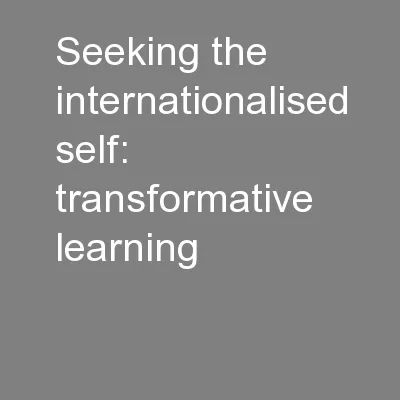
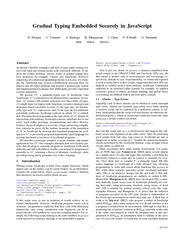
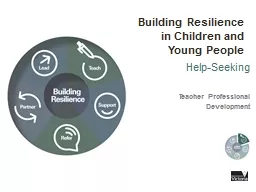

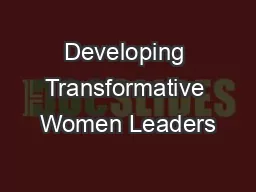
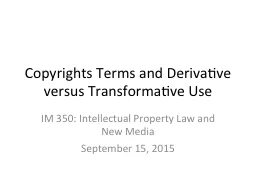
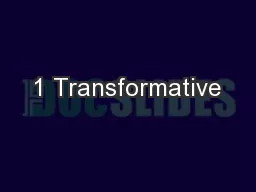
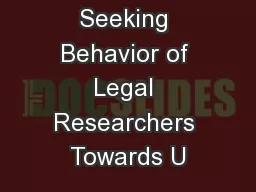

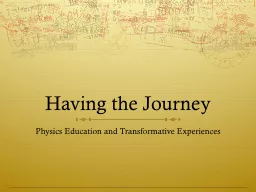
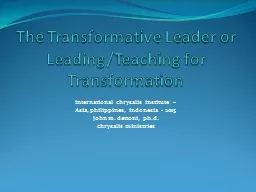
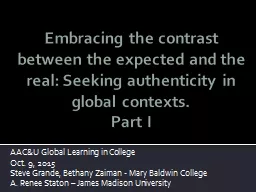

![[EPUB] - How to Design Transformative Workshops: Helping Participants to Develop Knowledge,](https://thumbs.docslides.com/907317/epub-how-to-design-transformative-workshops-helping-participants-to-develop-knowledge-skills-and-confidence-transformative.jpg)